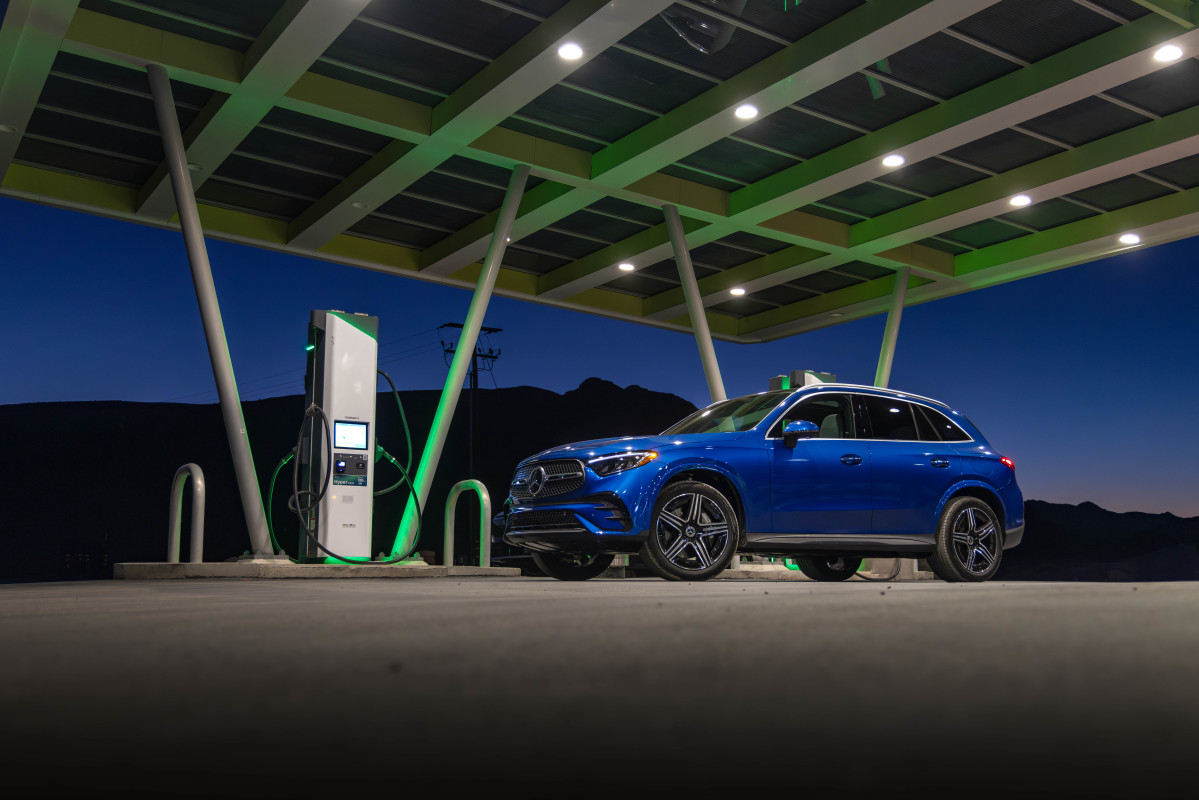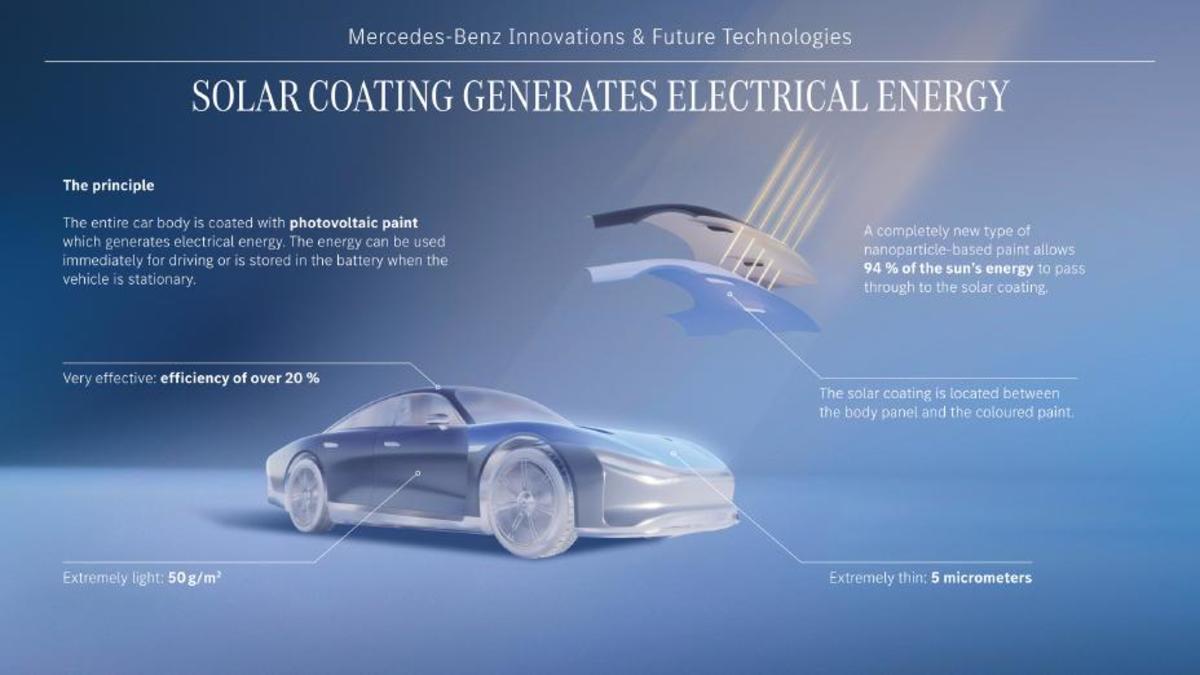https://www.wired.com/story/openai-anduril-defense/
OpenAI, maker of ChatGPT and one of the most prominent artificial intelligence companies in the world, said today that it has entered a partnership with Anduril, a defense startup that makes missiles, drones, and software for the United States military. It marks the latest in a series of similar announcements made recently by major tech companies in Silicon Valley, which has warmed to forming closer ties with the defense industry.
“OpenAI builds AI to benefit as many people as possible, and supports US-led efforts to ensure the technology upholds democratic values," Sam Altman, OpenAI’s CEO, said in a statement Wednesday.
AI Lab Newsletter by Will Knight
WIRED’s resident AI expert Will Knight takes you to the cutting edge of this fast-changing field and beyond—keeping you informed about where AI and technology are headed. Delivered on Wednesdays.
OpenAI’s AI models will be used to improve systems used for air defense, Brian Schimpf, co-founder and CEO of Anduril, said in the statement. “Together, we are committed to developing responsible solutions that enable military and intelligence operators to make faster, more accurate decisions in high-pressure situations,” he said.
OpenAI’s technology will be used to “assess drone threats more quickly and accurately, giving operators the information they need to make better decisions while staying out of harm’s way,” says a former OpenAI employee who left the company earlier this year and spoke on the condition of anonymity to protect their professional relationships.
OpenAI altered its policy on the use of its AI for military applications earlier this year. A source who worked at the company at the time says some staff were unhappy with the change, but there were no open protests. The US military already uses some OpenAI technology, according to reporting by The Intercept.
Anduril is developing an advanced air defense system featuring a swarm of small, autonomous aircraft that work together on missions. These aircraft are controlled through an interface powered by a large language model, which interprets natural language commands and translates them into instructions that both human pilots and the drones can understand and execute. Until now, Anduril has been using open-source language models for testing purposes.
Anduril is not currently known to be using advanced AI to control its autonomous systems or to allow them to make their own decisions. Such a move would be more risky, particularly given the unpredictability of today’s models.
A few years ago, many AI researchers in Silicon Valley were firmly opposed to working with the military. In 2018, thousands of Google employees staged protests over the company supplying AI to the US Department of Defense through what was then known within the Pentagon as Project Maven. Google later backed out of the project.
via Wired Top Stories https://www.wired.com
December 4, 2024 at 03:12PM



